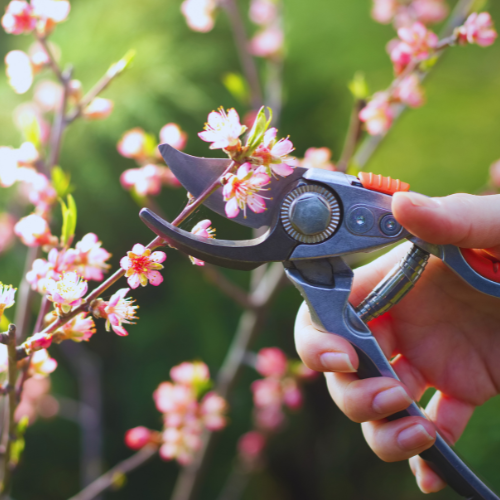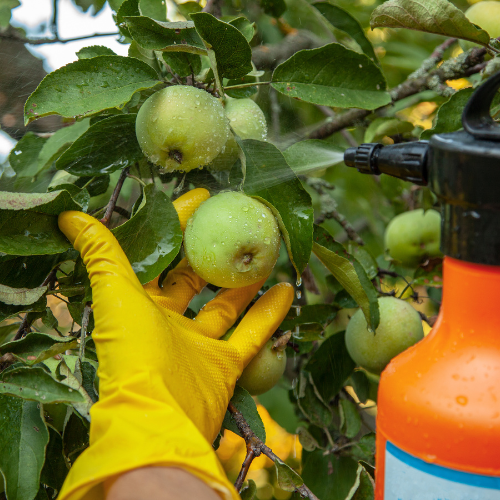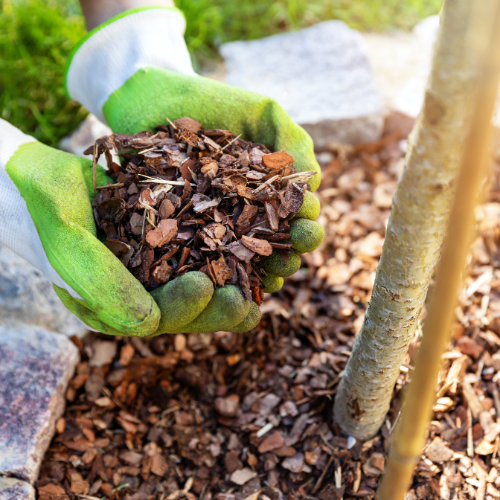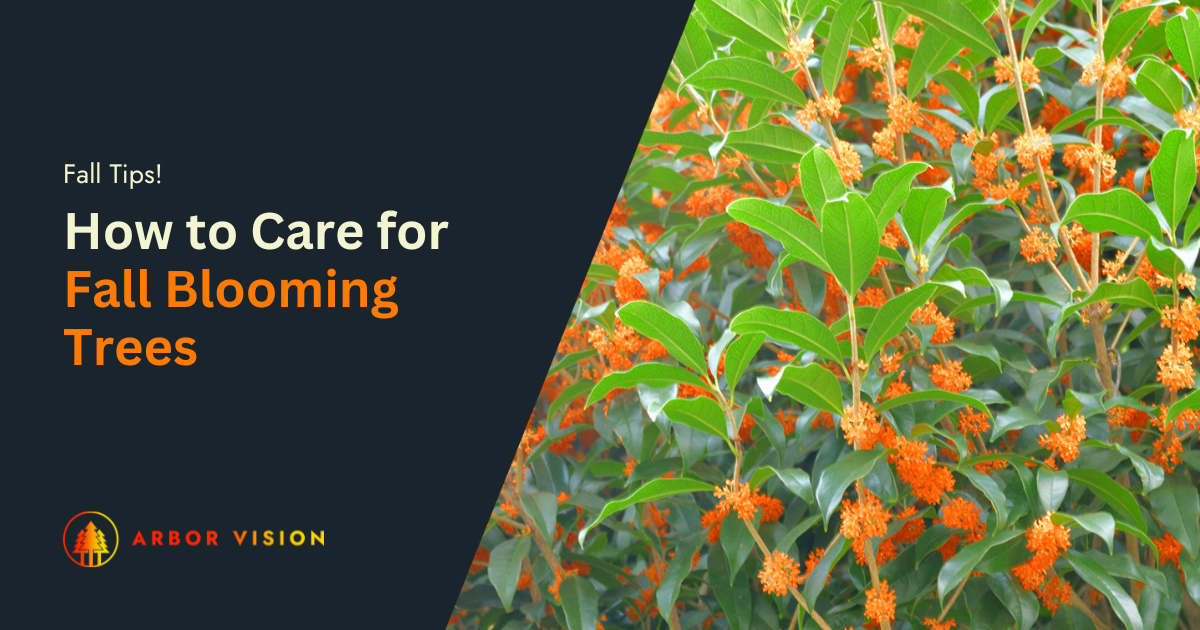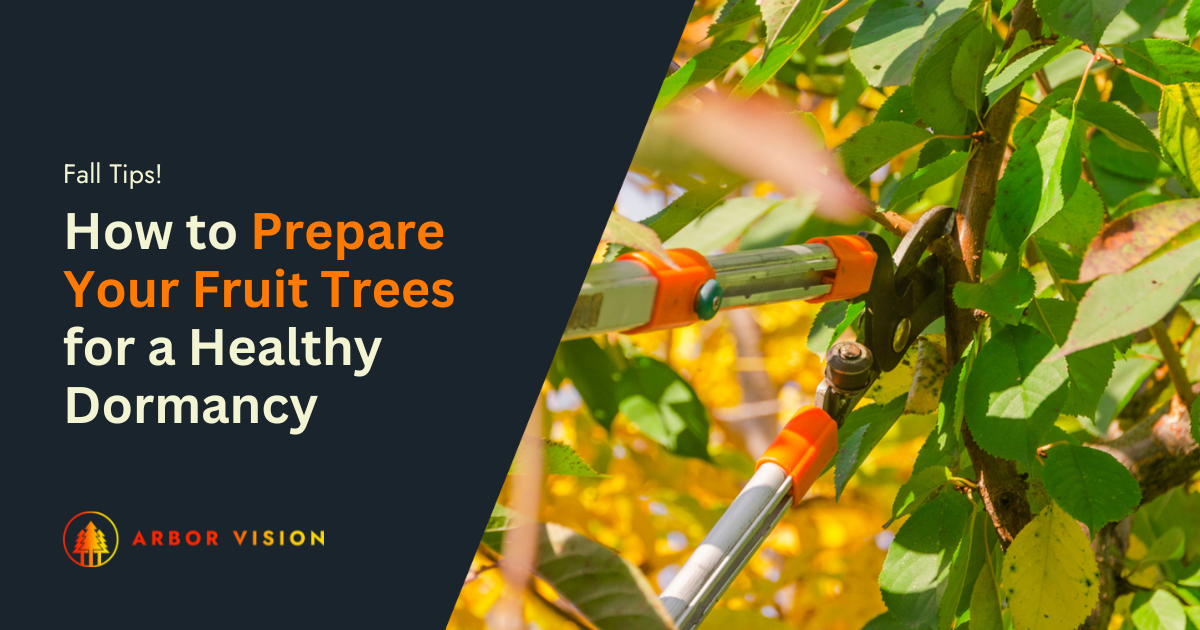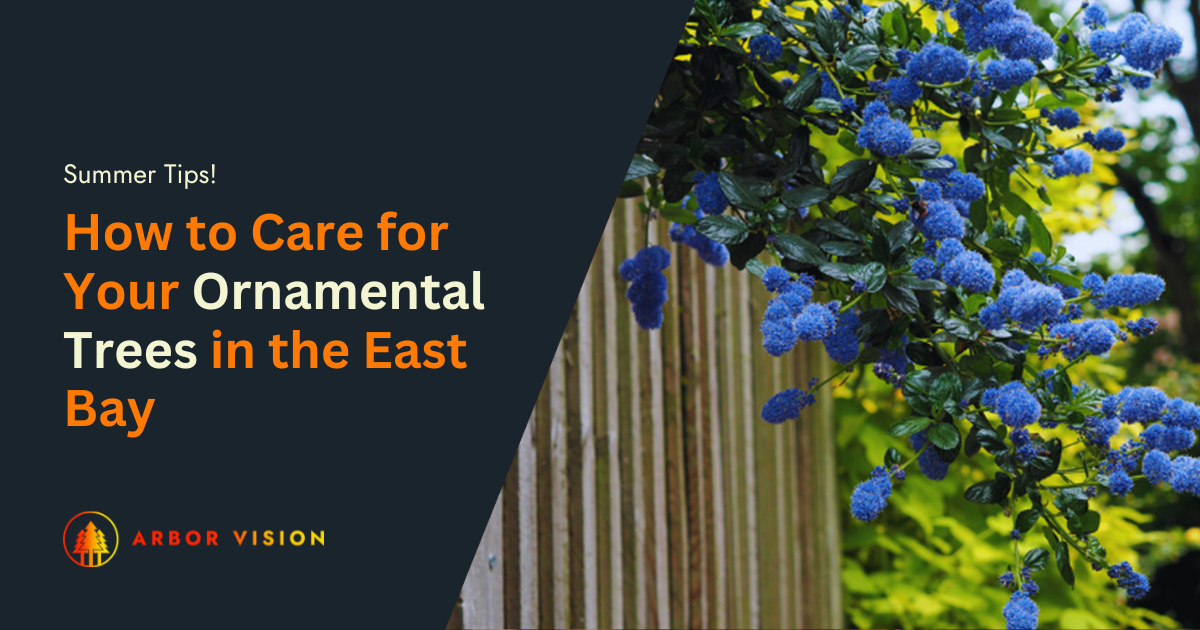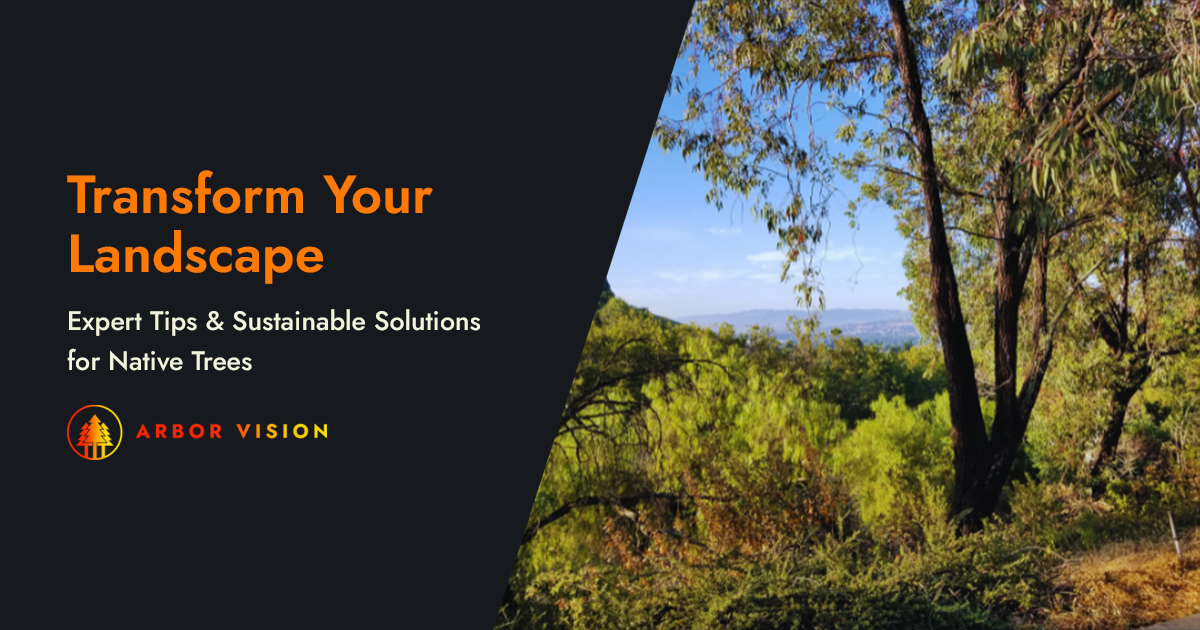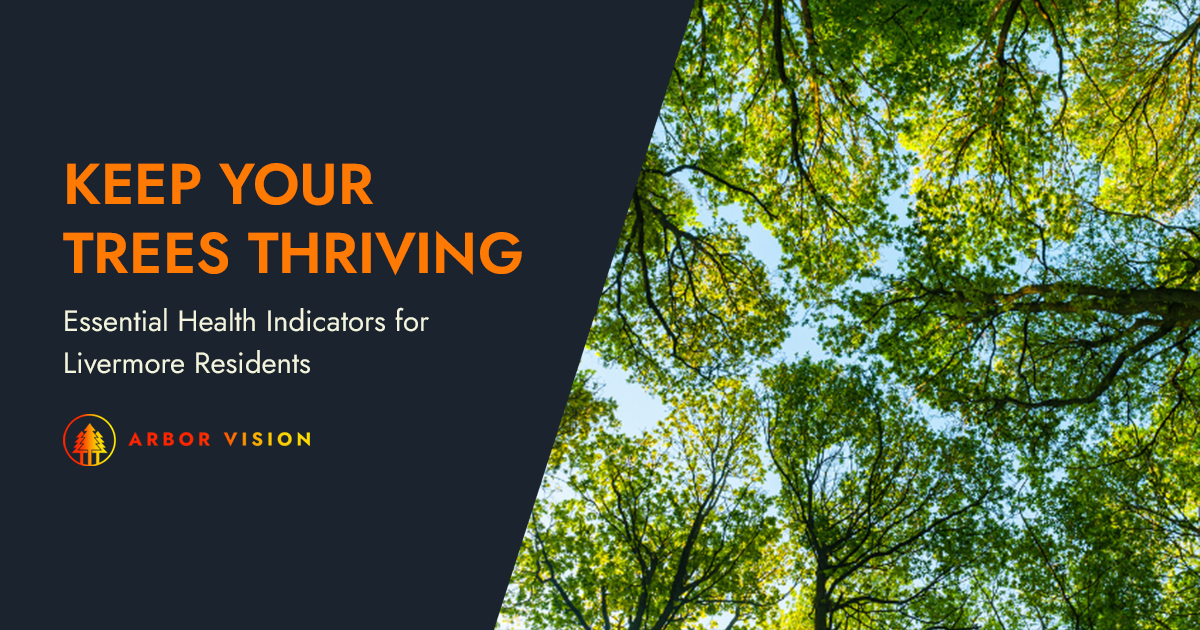
Having fruit trees on your property offers a lovely display of spring blossoms followed by a harvest of sweet fruit in the late summer or fall. However, achieving a bountiful harvest requires careful summer maintenance and attention to seasonal tree care. By focusing on the specific needs of your fruit trees during the hot East Bay summers, you can ensure they remain healthy and productive. Here, we share essential summer care tips for fruit trees in the East Bay area to keep them thriving and fruitful.
Pruning and Trimming Fruit Trees in Summer
Although the best time for pruning fruit trees is in December/January, fruit tree summer care does include pruning when trees appear to be growing too quickly or too large. It is also important to remove diseased branches.
However, apricot trees have a specific pruning schedule best taken care of right after you harvest the fruit in the summer.
Here are some fruit tree pruning best practices:
- When managing growth, thinning cuts can be made at an angle to remove lateral branches starting at their point of origin
- Be sure to avoid cutting the branch collar, as this can cause damage or lead to decay
- If you want to encourage growth, "top" vertical branches to provide even sunlight throughout the branches
- If you want to produce heavier, earlier crops, leave horizontal branches uncut
- Young trees require heavier pruning to help encourage growth, avoiding the smaller top horizontal branches
- Focus on pruning the top of the tree without being too aggressive to provide more light to lower branches
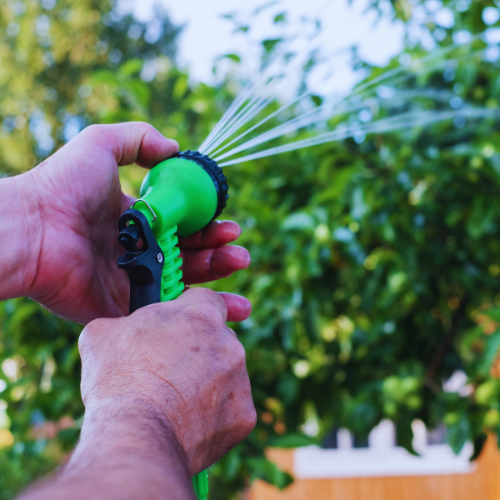
Fruit Tree Watering in Summer
Reviewing watering recommendations for your specific fruit tree type will ensure you provide enough water to keep trees hydrated. Drought stress reduces fruit size and can limit tree growth in young trees. Fruit trees can also suffer from sunburn and will start to wither from water loss.
Summer watering will reduce the risk of plant stress; however, the amount of water depends on the tree species. For example, lemon tree care in summer calls for moist soil for young trees, yet overwatering will cause root rot, yellowing leaves, and leaf loss. Newly planted citrus trees usually require watering 2 or 3 times a week in hot weather, while established trees only require watering once the top 3 to 6 inches of soil are dry.
Fruit Tree Fertilization in Summer
Late summer fertilization in August and September is more productive than winter applications. Nitrogen (N) is the nutrient most commonly distributed to avoid fruit tree issues such as poor growth and smaller leaf production. However, fertilizer should be applied based on observations of the tree's health, such as leaf color, fruit yield, fruit quality, shoot growth, wood production, etc.
The common applications of N are as follows:
- 3 lb. 33-0-0
- 5 lb. 21-0-0
- 7 lb. 16-16-16
However, it is always best to consider composts and green manure crops as a healthier way to provide nutrition and maintain healthier soil. This might include one of the following:
- 35 lb. of rabbit manure
- 70 lb. steer or cow manure
The amount applied is related to the tree's age and size and should be considered carefully. Over-fertilization can lead to issues. You might also require applications of potassium, boron, zinc, or magnesium to address specific deficiencies, but this is best left to a tree specialist to decide.
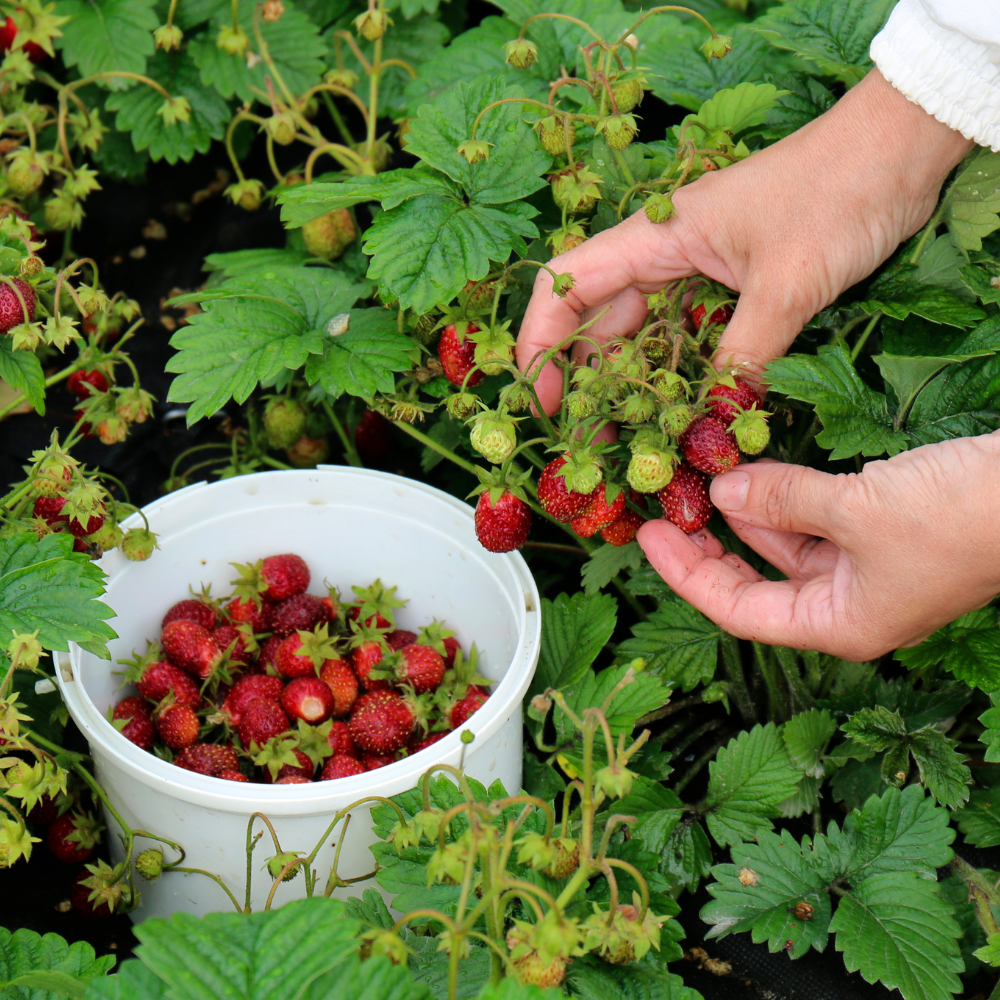
Fruit Spacing in Summer
Fruit thinning is focused on trimming blossoms and small fruit to help increase the leaf-to-fruit ratio. This reduces the risk of early, underdeveloped fruit and overproduction that burdens branches and diminishes fruit quality. While thinning is typically performed in the spring when the tree is in blossom and during the dormant pruning process, "spacing" often rolls over into the early summer months as part of fruit tree summer care.
Strategic removal of smaller, damaged fruit in the early summer allows the healthier, larger fruit to thrive. Beginners should consider leaving the most significant, healthiest fruit on the branch and removing the rest. Although this seems wasteful, it's the best way to encourage desirable growth and discourage higher production of less desirable fruit.
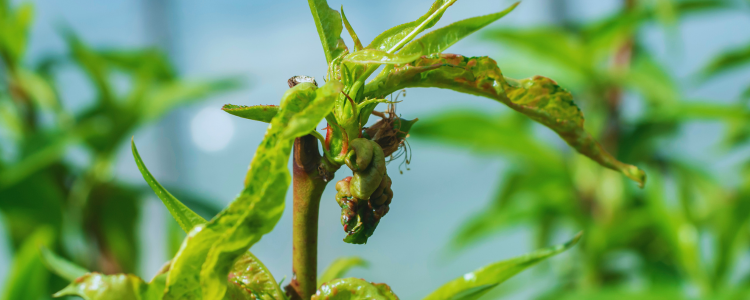
Summer Pest and Disease Management
Common fruit tree insects and mites are often controlled by other types of insects. If there are issues in your area with mites or aphids, spraying is done in the dormant months to avoid killing beneficial insects that eat these pests. This also reduces the use of harmful chemicals on your fruit trees.
However, in the summer months, it's essential to watch for signs of common pests that require treatment, including:
- Mites: Mites cause a webbed or stippled look on leaves and high leaf and blossom drop rates. These tiny spiders are hard to spot, often leading to symptoms appearing once the damage is done.
- Aphids: Aphids damage foliage while feeding and can also cause shoot distortion. They are most prominent in apples but can be present on other fruit trees. They are also easier to spot, appearing as little white dots on leaves.
- Redhumped Caterpillar: This highly destructive caterpillar, which prefers plum and prune trees, is especially destructive to younger trees. It can strip a tree of its foliage, so inspecting fruit trees for larva clusters and removing them by hand can avoid damage.
When it comes to fruit tree diseases, using the proper sprays during the dormant season will prevent diseases such as:
- Bacterial canker
- Shothole disease/black sooty mold
- Brown rot
- Coryneum blight
- Peach leaf curl
- Apple/pear scab
- Blossom blast
- Fire blight
As a result, summer treatments are related to signs and symptoms of the disease, such as leaf discoloration, dead areas of foliage, odd growths like cankers, powdery residue or curly thick leaves, and dark fungal growths on branches. In this case, a professional is required to prune the trees carefully.
Weed Management in the Summer
Weeds can significantly impact tree growth because they compete for soil moisture and nutrients and take up physical space, affecting tree health. Some weed species might also use trees like a "trellis," leading to the strangulation of young trees.
The best way to manage weeds is to apply organic mulch to make it difficult for weeds to take root. Using a weed cloth barrier below the mulch is even more effective, so you don't have to be as diligent in the summer months to ensure the mulch maintains its thickness.
Get Expert Guidance for Year-Round Tree Care
Fruit tree care in summer involves management and careful monitoring for signs of trouble. Because it can be difficult to care for fruit trees, it helps to talk to local tree experts to discuss maintenance best practices.
Learn more about how to keep your trees healthy year-round by visiting our comprehensive Tree Service Guide.
Share this page:

